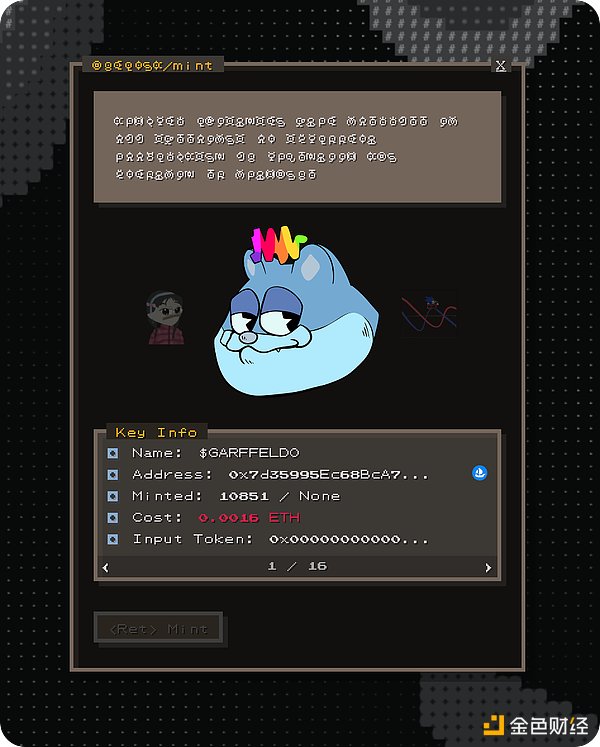Author: David C, Bankless; Translator: Deng Tong, Golden Finance
Whether we like to admit it or not, centralization remains a major concern and issue facing our industry, for most major blockchains, even Ethereum.
To address this, protocols such as Rocket Pool and Etherfi are committed to lowering the barrier for people to join the network as validators. A new protocol, Heroglyphs, addresses this problem in a different way.
Developed by OGs such as 0xMaki, the anonymous co-founder of Sushiswap, this new system aims to leverage the often-overlooked potential of Ethereum Graffiti (a small piece of arbitrary data in the block header) to provide full validators with a more distributed and powerful network by: Providing them with the ability to earn, deploy, and lease tokens.

Ethereum’s Centralization Problem
While Ethereum’s shift to Proof-of-Stake (PoS) has brought many improvements, such as energy efficiency, it has also ushered in a new era around centralization issues.
That is, the concentration of validation power in the hands of a few large operators carries significant risks, including greater susceptibility to regulatory pressure (as we’ve seen with block builders and relayers) and potential network failures.

Through the Ethereum Review Dashboard
This centralization dilutes the basic decentralized spirit of blockchain and needs to be vigilant. So, here we need Heroglyphs.
How Heroglyphs tries to solve this problem
Heroglyphs aims to solve the validator centralization problem through a feature called Graffiti, which uses a small piece of arbitrary data that validators can include in their proposed blocks.

Heroglyphs White Paper
With Graffiti, Heroglyphs introduces three key operations: encoding, translation, and leasing, each designed to maximize the potential of this small piece of data in a transaction. Let’s break down these pillars:
Encoding involves embedding key operational data into the Graffiti of Ethereum blocks, encoding commands for creating, issuing, transferring, and converting assets (e.g., NFTs, memecoins, etc.). By inserting this data into Graffiti, blockspace becomes a secure and immutable medium for minting tokens and storing detailed transaction instructions.
Translation follows the encoding, acting as the executor of operations within Ethereum. Whether it’s minting a new NFT or processing a memecoin transaction, the translation system ensures that these operations adhere to the token outline parameters encoded in Graffiti.
Leasing introduces a strategic and economic dimension to the use of Graffiti. In this model, validators or miners are assigned and periodically taxed the value of each Heroglyphs “token.” This value determines their operating leases and sets the stage for competition. For example, if other validators think a token is underpriced and want it themselves, they can bid higher on leasing. Most of the revenue from leasing and actions such as minting or transferring tokens in the Heroglyphs network is shared by all full validators.

Heroglyphs
All in all, this new platform is novel and makes the Ethereum network more distributed through an enthusiast-centric approach.
Grand vision? Use Graffiti to foster a new meta-system where individual stakers are actively incentivized to participate because the validator experience becomes more profitable, more engaging, and more fun. Validators now have their own tools to create and manage tokens, granting new permissions to the role.
If Heroglyphs succeeds, then Ethereum will be even more powerful and we will have a new case study of how speculation can be beneficial and provide real value in cryptocurrency. This is a protocol that is focused on the memecoin and NFT frontier!
 JinseFinance
JinseFinance









